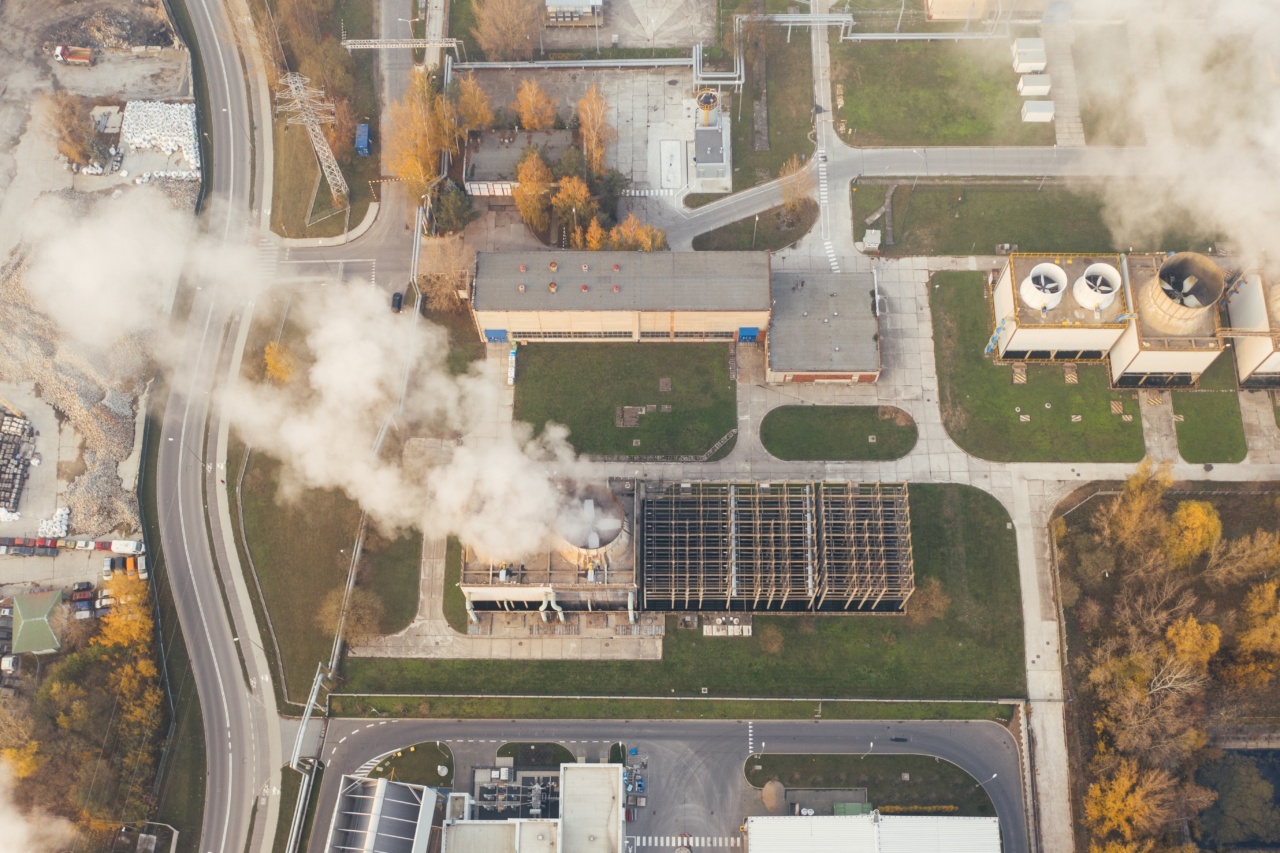Global warming continues to be a hot topic that affects almost every aspect of our lives. From melting glaciers to rising sea levels, the impacts of climate change are evident all around us.
However, there’s now another factor that we need to worry about; the effect of global warming on crop nutrition.
The Relationship Between Global Warming and Crop Nutrition
Climate change has brought about a variety of changes, including drought, extreme weather events, and floods. All these have a direct impact on the nutritional value of the crops that we grow.
For starters, the increase in temperature affects crop growth patterns, increasing pest infestation and ultimately, reducing crop yields.
Research shows that global warming leads to the loss of important minerals and nutrients in crops such as wheat, rice, and maize. Even vegetables like peas, spinach, and cabbage are not spared.
The rising levels of carbon dioxide in the air are the primary culprit for these reduced nutrient levels. As temperatures rise, plants absorb more carbon dioxide, which causes them to use more energy and subsequently produce lower levels of key nutrients such as iron, zinc, and protein.
The Impact of Reduced Nutrient Levels
The impact of reduced nutrient levels in our crops cannot be underestimated. Nutrition deficiency can lead to chronic diseases such as diabetes, obesity, and mental health issues among others.
This could have adverse health effects on populations around the world, particularly those that rely heavily on crops, and fruits for their nutritional needs.
As nutrient levels in crops reduce, food systems become less resilient and, ultimately, more vulnerable to food crises. Food insecurity is already a major issue in some parts of the world, but global warming will only exacerbate this.
As the world population continues to grow, it is more important than ever to ensure that we have a steady supply of nutrient-rich foods to meet the needs of all people.
What Can Be Done to Combat this Issue?
Addressing the issue of reduced nutrient levels in crops will require significant intervention. We need to develop a holistic approach that tackles the issue from multiple angles. Some of the measures that can be taken include;.
1. Implement Climate-Smart Agriculture
Adopting climate-smart agricultural practices can help to reduce greenhouse gas emissions and improve crop yields.
This approach includes practices such as no-till farming and crop rotation, which help to reduce soil erosion, conserve moisture and improve soil health. It also involves the use of drought-resistant crops, which are better adapted to the changing climate.
2. Utilize Plant Breeding Techniques
The use of plant breeding techniques such as biofortification can help to increase nutrient levels in crops.
Biofortification involves the use of genetic modification to enhance the nutrient content of plants, ensuring they are more nutritious for human consumption.
3. Promote Sustainable Food Systems
Sustainable food systems are an essential component of reducing nutrient loss. This includes reducing food waste, promoting sustainable food storage, and implementing responsible food distribution practices.
It also means promoting the consumption of diverse and nutritious diets, which can help to mitigate the impacts of reduced nutrient levels in crops.
4. Educate and Raise Awareness
Education and awareness campaigns can help to promote sustainable food practices and raise awareness of the importance of crop nutrition.
These campaigns can target farmers, policymakers, and the general public, driving the adoption of sustainable agricultural practices and empowering members of communities to take a more active role in ensuring the resilience of local food systems.
Conclusion
In conclusion, global warming is having a significant impact on crop nutrition.
The rising temperatures and increased levels of carbon dioxide in the air are causing nutrient levels in crops to decline, leading to serious health implications and vulnerabilities in the food system. However, by implementing sustainable food practices, using plant breeding techniques, and raising awareness, we can work to combat this issue and ensure a more resilient future for our food systems.



























